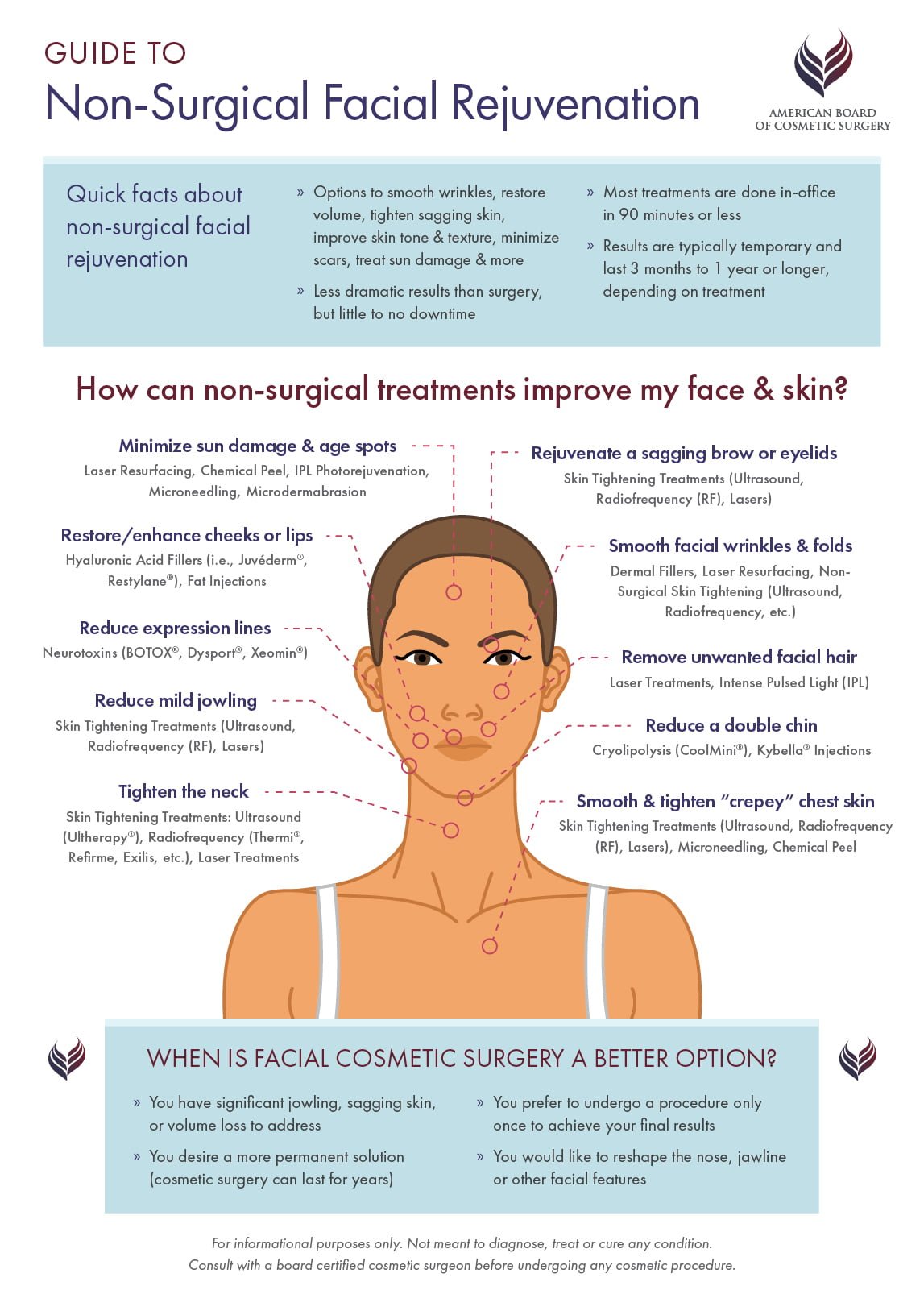Does Dairy Worsen Acne
Does Dairy Worsen Acne
Blog Article
Acne Marks and Post-Acne Treatment
Acne marks and dark marks can stay even after the imperfection itself has cleared. Yet there are lots of natural, non-prescription and clinical treatments that can reduce their look.
Ice choice marks are tiny impressions that appear like pinpricks; rolling marks have a wave-like look and superficial deepness; boxcar marks have clear sides; hypertrophic marks are increased bumps. Therapies consist of skin needling, where your physician rolls a needle-studded gadget over the skin; and surgical excision, when a health care expert eliminate deep scars.
1. Exfoliate
Acne scars fade best when they aren't covered with dead skin cells. Exfoliation removes the buildup and allows fresh skin cells to come to the surface area. It additionally makes acne marks much less obvious.
A skin specialist can suggest exfoliation methods for your specific skin type. Dry skin might gain from peeling with scrubs or various other mechanical techniques, while oily skin may need a chemical peel. Those with darker skin tones need to be mindful making use of more powerful chemical therapies, as they can trigger dark spots and sensitivity.
If you have acne scars, stay clear of selecting or pressing at them, which can make them worse. Inflammation caused by irritation raises the opportunity of scarring. Selecting can leave ice-pick marks, which are narrow indentations with a factor at the end. You can additionally obtain boxcar scars, which are indentations with wider edges. You can additionally establish hypertrophic or keloid scars. These are raised bumps of scar cells that can be scratchy and agonizing.
2. Moisturize
After completing your acne therapy, maintaining skin clear and healthy and balanced requires a consistent skin care regimen that safeguards from breakouts and decreases post-acne marks. This includes a mild cleanser and cream, non-comedogenic products that don't clog pores, and staying clear of foods that aggravate skin or trigger acne flare-ups.
Utilizing a lightweight, non-comedogenic cream with active ingredients like hyaluronic acid and glycerin can assist hydrate skin while additionally boosting skin structure and promoting recovery. Try to find a product that is formulated without scent or parabens.
An item that targets remaining acne marks with ingredients such as skin-brightening tranexamic acid and bakuchiol can boost dark places or unequal tone caused by swelling. It delicately resurfaces the skin tone while smoothing rough and distinctive areas. A product that incorporates a retinoid and a plant-based retinol option can also boost the appearance of deeper marks while concurrently targeting existing blemishes and protecting against future breakouts.
3. Cover Up
As soon as your acne scars heal, you can conceal them with makeup and a concealer. Simply ensure you're only using the product over marks that are completely healed (not fresh ones), claims Sotomayor. Then, complete your look with a bold lip shade or statement great smoky eyeshadow for maximum effect.
When it concerns picking a danaige lazer structure or tinted cream, it is essential to select one that is noncomedogenic and oil-free. This will help maintain your skin clear and prevent the obstructing of pores that can result in brand-new breakouts.
The very same chooses selecting a concealer. Seek a formula that provides complete protection but still really feels lightweight and blendable on the skin. Additionally, when covering impressions from acne scars, it's an excellent idea to locate a color that matches your all-natural skin tone (as opposed to a shade lighter or darker). This will certainly help hide the indents more effectively. This nourishing balm is a superb choice for lightening up and lightening post-inflammatory hyperpigmentation, which can be triggered by acne or various other inflammatory skin problem. It has moisturizing panthenol, softening shea butter and reinforcing peptides that decrease soreness and scaly appearance.
4. See Your Dermatologist
The marks that form from serious acne often need therapy by a doctor or skin specialist. Before that can occur, however, a patient needs to have their acne under control. This includes not selecting or squeezing acne areas, and using gentle cleansers and water-based non-comedogenic items that won't block pores.
If pharmacy cleansers and spot treatments aren't removing your skin, schedule a visit with a skin doctor. The dermatologist can suggest various other treatments that assist remove your skin without drying it out or irritating it.
A skin specialist can additionally treat other type of post-acne marks, consisting of dark spots that are a kind of hyperpigmentation called PIH (post-inflammatory hyperpigmentation). A topical retinoid like adapalene can noticeably lighten these marks and fade them swiftly. For various other types of scars, the medical professional can suggest a more extensive therapy. This could include microdermabrasion or chemical peels off that are done right in the workplace. Depending on the seriousness of your marks, these therapies may need to be duplicated.